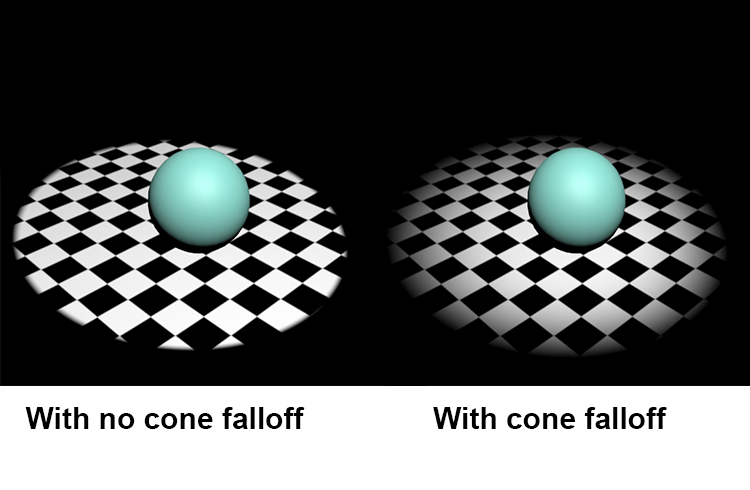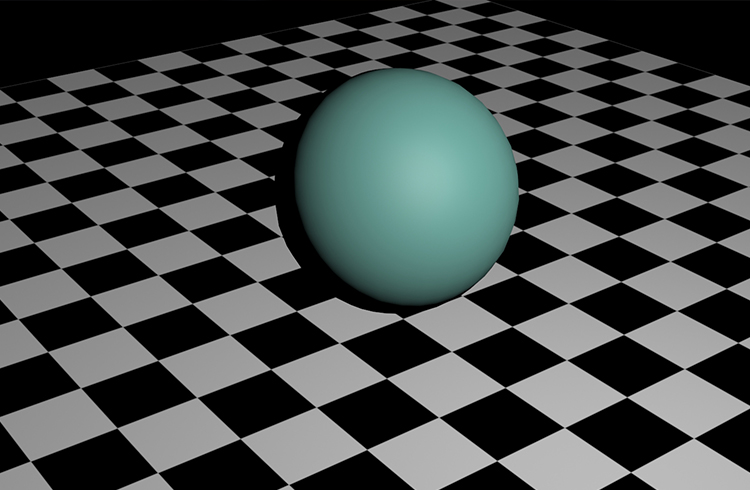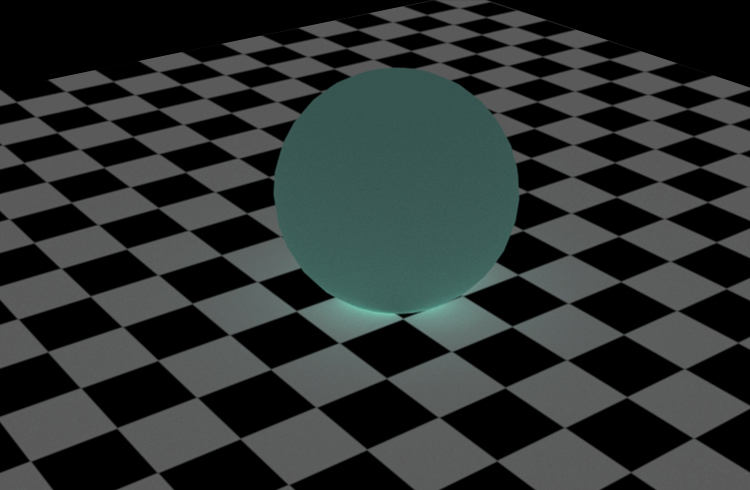What is a 3D Lighting Artist? (A Beginner’s Guide On What They Do)
What is a 3D Lighting Artist? (A Beginner'due south Guide On What They Do)
Tips3D Disclosure: This mail service may incorporate chapter links. That means if you buy something nosotros get a small-scale commission at no extra price to you lot(acquire more)
A 3D lighting creative person is a member of a larger squad of 3D artists who specialize in lighting the final scene(or render) in a fashion that blends properly with the 3D project. This can include lighting for video games, movies, education videos, or architecture mockups.
Once productions reach a certain size, the level of quality and short deadlines makes it infeasible to hire only 3D generalists to produce full projects.
At this point studios tend to diversify their CG workforce into separate branches.
These branches usually include(but aren't express to) dedicated modellers, riggers, animators, texture artists, and lighting artists.
Past expanding the studio in this way you lot can get much more talented people, as they have spent more of their time honing their skills in a smaller subset of each 3D process.
So What Is 3D Lighting?
Modern render engines and almost existent time game engines summate lighting in a style very similar to that in the real globe.
But the lights you use in a scene need to be gear up by the artist to give the scene the concluding look.
It is comparable to when a lensman or film crew utilise scene lights or light reflectors to give their shot the correct mood.
In that location are several forms of digital lights, and they vary depending on the software & the render or real-time engine being used.
Some examples of these lights you lot may want to expect into:
Spotlight
Spotlights behave in the 3D globe very similarly to their real world counterparts.
The light is emitted from a source within the 3D space then projects a "cone" of lite in a single direction.
These lights are very customizable, allowing y'all to modify the direction of the cone, the intensity, and color of the calorie-free.
Within the cone size settings you unremarkably have options called near and far attenuation (or falloff).
Attenuation means a reduction of a force, so your nearly attenuation will be where your low-cal will project without decay. On the other side the far attenuation, this is where your cone of light will cease decaying and no longer produce any light from that betoken onward.

With these settings Spotlights are very useful when producing unmarried product shots, similar in aesthetic to something produced in a photography studio.
If you intend to do this I recommend looking into some basic real world lighting setups studios use for inspiration. The near mutual of these beingness iii point lighting.
In three indicate lighting you start with a chief light to light the product and produce detailed shadows.
A 2d calorie-free is normally at around a 90-caste angle to the first and has a much lower intensity/ brightness. This low-cal helps soften up the coloring in the shadows.
The concluding light goes direct backside the camera in the scene and it used to highlight the products edges.

Bespeak/Omni Light
Bespeak lights (sometimes called Omni lights) are similar to spotlights, only their low-cal emits in all directions.
These lights are also very customisable in their brightness, color and depending on the software, their source size and shape.
They too accept attenuation settings similar to the spotlight, but instead of affecting the edge of a cone they will bear upon an expanse (that is usually spherical depending on your light source) all around the light.

These lights are very good for general lighting in real globe settings.
If you have an open flame or an exposed light bulb these are the kinds of lights you desire to use.
Ambient Light
Ambience lights are very dissimilar from the others in this listing.
While they technically have a source within the scene where yous tin can select and move the calorie-free, when it comes to rendering there is no source for this light.
All this lite does is burnish upwardly your entire scene uniformly, causing no bright spots where a regular source light would.
This likewise limits the customizability of these lights with you only being able to modify their color and brightness.

Note these ambient lights are unremarkably added last to a scene as they're just in place to back up your main lighting, usually by brightening shadows or adding a tint to the full scene.
HDRI Light
HDRI lights are an interesting course of lighting where all the information is taken from an image and translated into lighting data.
HDRI stands for High-dynamic-range imaging which is a technique used in photography to produce images that can shop a larger amount of information than a standard photo.
This tin be useful in many mail service processing applications. And in our instance, 3D lighting!
These images are taken with a 360 HDRI camera of existent world environments. Which means the lighting they produce is cogitating of that environment in real life, which allows you to get some realistic results.
Due to all the lighting data being baked into the HDRI paradigm at that place is very picayune customisation in this form of lighting, usually but limited to the rotation of the epitome dictating the main light source's direction, and irresolute the effulgence to suit your image.

Even with these limitations, the huge amount of data stored in these images make them a favourite for many professional studios.
The subtlety of the shadows and highlights ofttimes makes for a well-lit realistic scene.
Lord's day/Sky Light
Sunlight is usually a combination of a spotlight and HDRI.
This blazon of low-cal tends to import with a custom HDRI that is relatively flat, giving off no potent lighting information and is only used to soften shadows and other darker areas.
The "Sun" light acts similarly to a spotlight producing the principal majority of the light in the scene.
Due to the main lite existence separate from the HDRI allows for more customizability in your lighting, which tin can give you lot some squeamish results.

Practise annotation that depending on your scene, sunlights tin exist very bright.
You may need to modify the exposure value of your photographic camera to compensate for this if your scene is getting completely diddled out.
A 3D lighting creative person will have cognition of all of these lights (or their equivalent in whichever software they employ). And most lighting artists develop a professional person procedure in deciding when to use them to their full potential to light their scenes to the specifications of any 3D projection.
Light artists volition also pair this information with knowledge almost lighting set up-ups in existent globe areas to create a similarly realistic to the scene to any they are working on.
These two things, combined with many hours of exercise, make a specialized lighting artist incredibly valuable beyond merely a full general 3D/CG creative person.
youngthapproter1958.blogspot.com
Source: https://conceptartempire.com/lighting-artist/
0 Response to "What is a 3D Lighting Artist? (A Beginner’s Guide On What They Do)"
Post a Comment